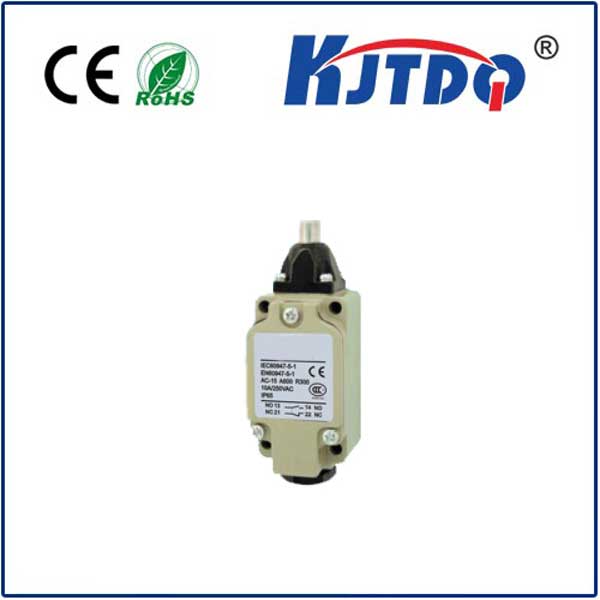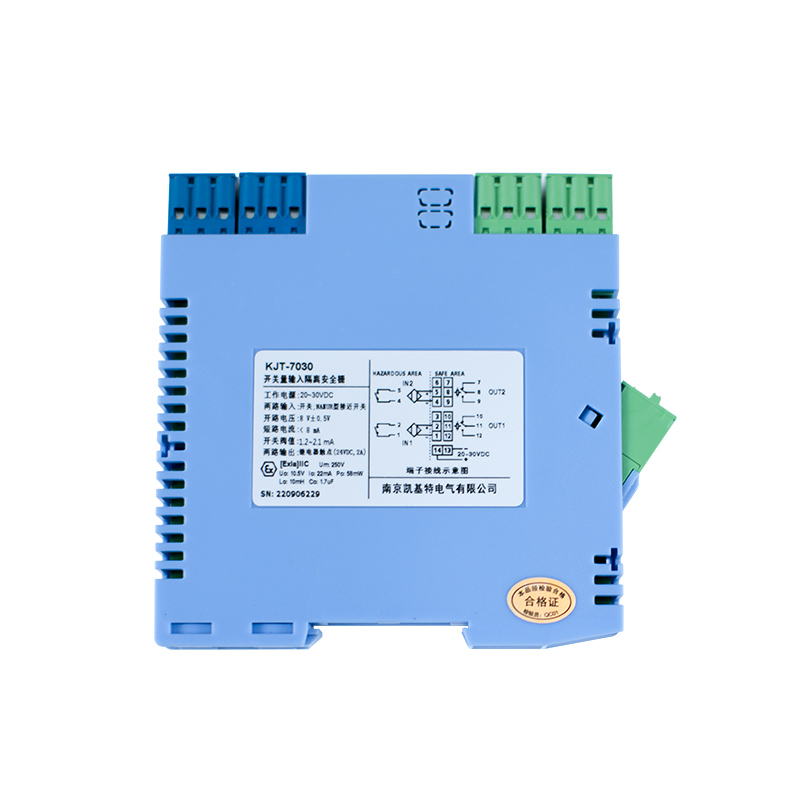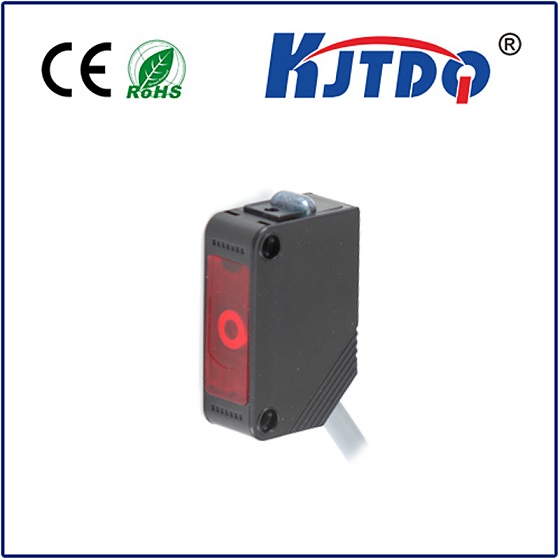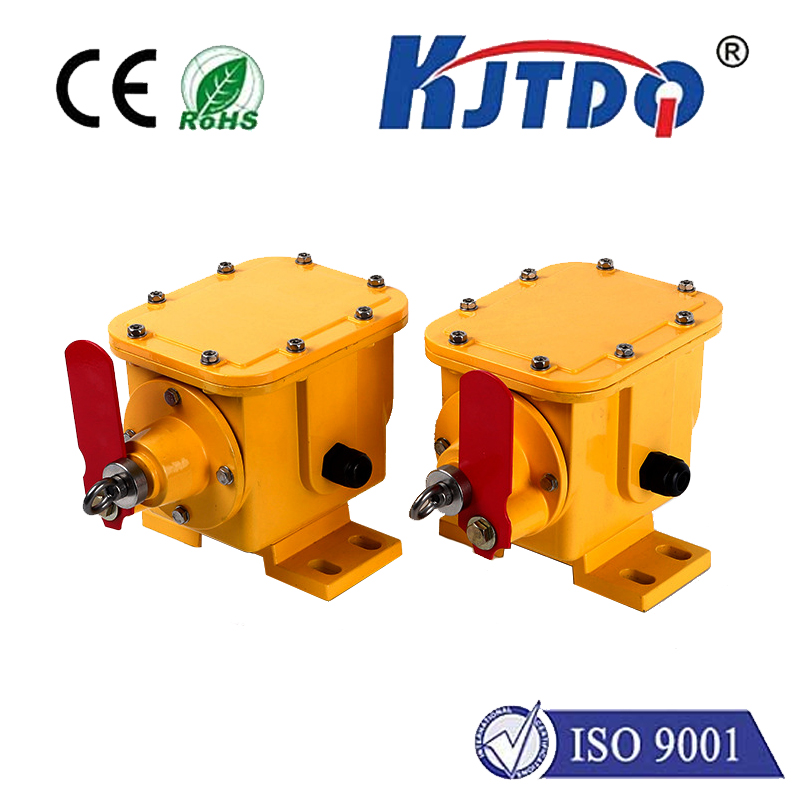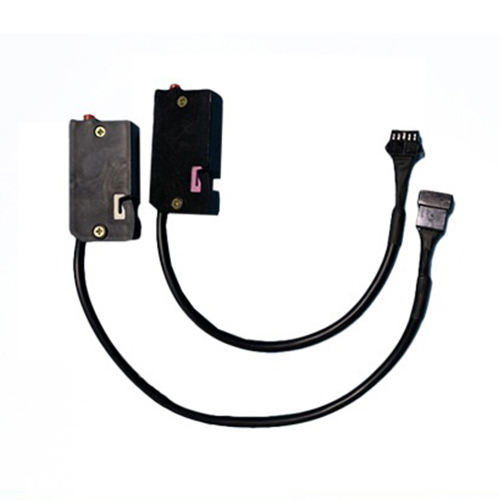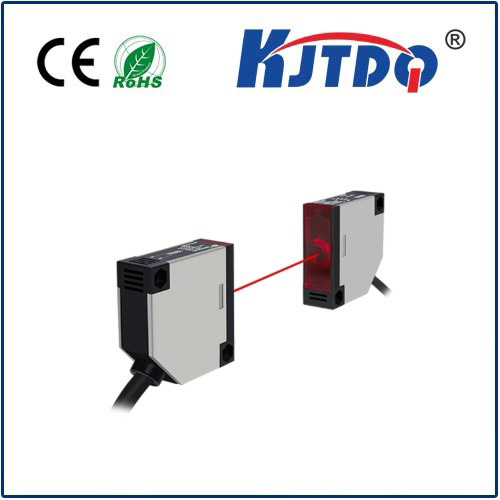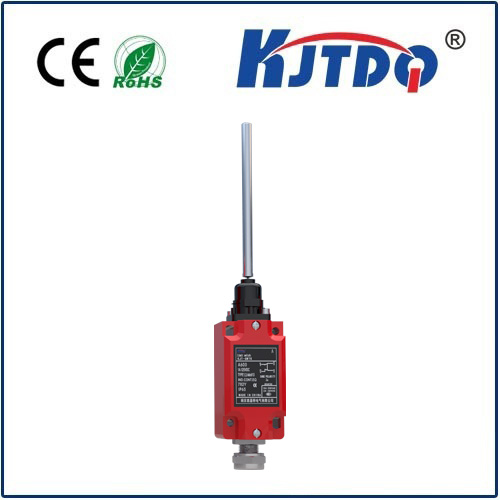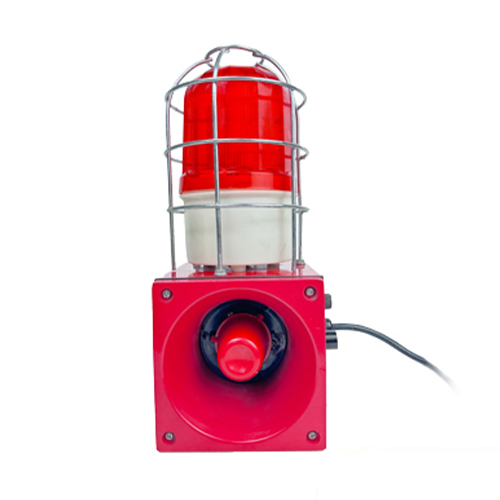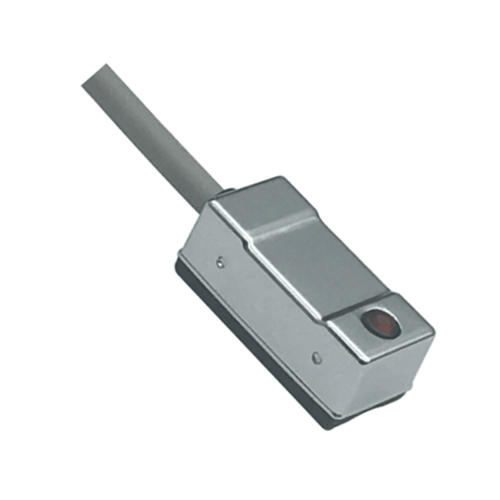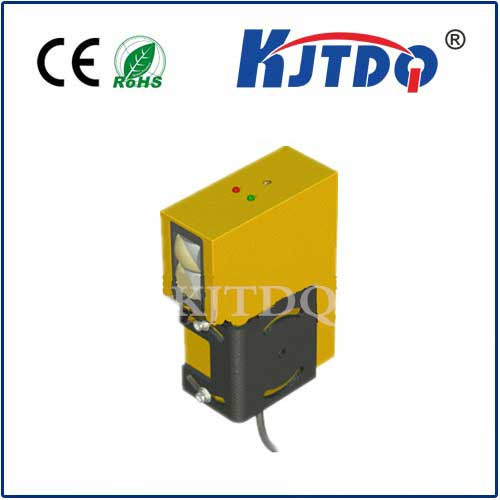Understanding Zero Speed Sensors: The Key to Precision and Safety in Modern Machinery In the world of industrial automation and machinery, precision and safety are paramount. One critical component that plays a significant role in ensuring both is the zero speed sensor. This seemingly small device has a big impact on the efficiency and reliability of various systems, from conveyor belts to heavy machinery. But what exactly is a zero speed sensor, and why is it so important? Let’s dive into the details.
А.zero speed sensor is a device designed to detect when a rotating component, such as a shaft, pulley, or gear, has stopped moving. It monitors the rotational speed and sends a signal when the speed drops to zero. This information is crucial for systems that rely on continuous motion, as it helps prevent damage, downtime, or even catastrophic failures.
Zero speed sensors typically operate using magnetic or inductive principles. They are installed near a rotating component, often equipped with a toothed wheel or gear. As the component rotates, the sensor detects the movement of the teeth or magnetic markers. If the rotation stops, the sensor immediately recognizes the absence of movement and triggers an alarm or shutdown mechanism. For example, in a conveyor belt system, a zero speed sensor ensures that if the belt stops due to a jam or malfunction, the system can respond quickly to prevent further issues. Similarly, in heavy machinery, it can alert operators to potential problems before they escalate.
Zero speed sensors are used across a wide range of industries and applications. Here are some of the most common uses:
конвейерная система: In manufacturing and logistics, conveyor belts are the backbone of material handling. A zero speed sensor ensures that if a belt stops unexpectedly, the system can take corrective action to avoid blockages or damage.
Heavy Machinery: In construction, mining, and agriculture, zero speed sensors monitor the movement of critical components like gears and pulleys. This helps prevent equipment failure and ensures operator safety.
Wind Turbines: In renewable energy systems, zero speed sensors detect if a turbine blade has stopped rotating. This is essential for maintenance and safety checks.

Автомобильная промышленность: In vehicles, zero speed sensors are used in anti-lock braking systems (ABS) and transmission systems to monitor wheel speed and ensure smooth operation.
The advantages of incorporating zero speed sensors into machinery and systems are numerous:
Повышение безопасности: By detecting stoppages immediately, zero speed sensors help prevent accidents and equipment damage.
Повышение эффективности: Early detection of issues reduces downtime and maintenance costs, keeping operations running smoothly.
Точный контроль: These sensors provide accurate data on rotational speed, enabling better control and optimization of systems.
Экономия средств: Preventing catastrophic failures and reducing downtime translates to significant cost savings over time.
When selecting a zero speed sensor, several factors should be considered:
Environment: Ensure the sensor is suitable for the operating conditions, such as temperature, humidity, and exposure to dust or chemicals.
Чувствительность: Choose a sensor with the appropriate sensitivity level for the application.
Монтаж: Consider the installation requirements and ensure the sensor can be easily integrated into the system.
Долговечность: Opt for a robust sensor that can withstand the demands of the application.
As technology continues to advance, zero speed sensors are becoming more sophisticated. IoT integration is a growing trend, allowing sensors to transmit data in real-time to centralized monitoring systems. This enables predictive maintenance, where potential issues can be identified and addressed before they cause problems. Additionally, advancements in materials and design are making zero speed sensors more reliable and durable, even in harsh environments. This ensures they will remain a vital component in the industrial landscape for years to come.
The zero speed sensor may be a small component, but its impact on modern machinery and systems is immense. By ensuring precision, safety, and efficiency, it plays a crucial role in keeping industries running smoothly. Whether in conveyor systems, heavy machinery, or renewable energy, this device is a testament to the importance of innovation in industrial automation.
